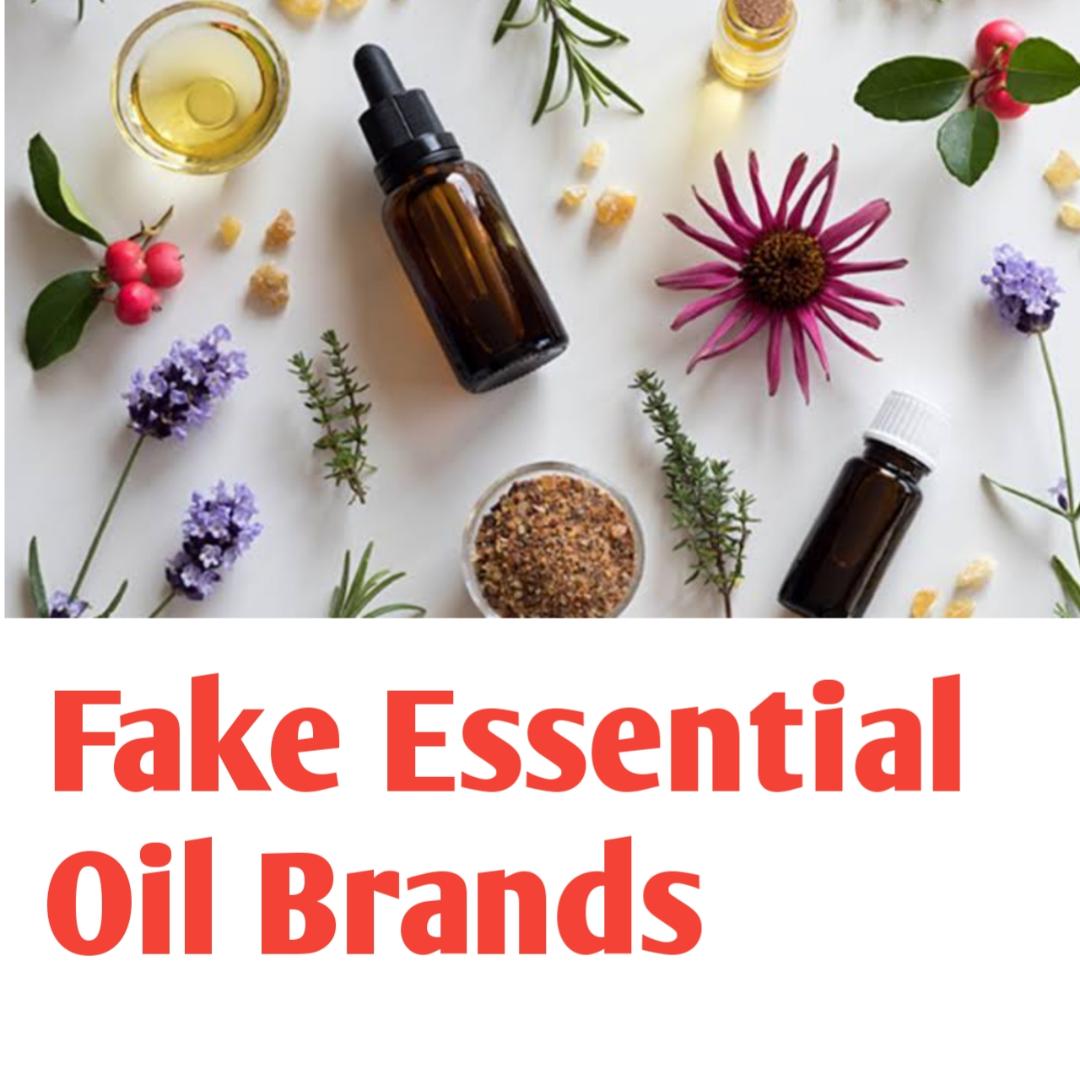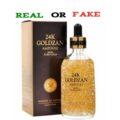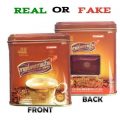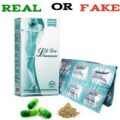Essential oil is a natural product extracted from a single plant species. Not all plants produce essential oils, and in the plants that do, the essential oil may be found in the roots, stems, leaves, flowers, or fruits. Manufacturers use essential oils to create a range of products. The cosmetic and makeup industry uses essential oils to create perfumes, add fragrance to creams and body washes, and even as sources of natural antioxidants in some beauty care products.
Many natural medicine practitioners, such as aromatherapists, use essential oils. Aromatherapy involves diffusing these essential oils into the air. Aromatherapists believe that breathing in essential oils might allow them to enter the lungs and bloodstream, where some of the potentially helpful compounds may benefit the body. Anyone who has used a mentholated vapor rub to help clear their sinuses has used a form of aromatherapy. As the authors of a 2013 study note, inhaling menthol in this way can reduce feelings of congestion and shortness of breath.
Based on the numerous side effects of synthetically derived medicines, many people are trying to transform their lifestyles through naturopathy. Unfortunately, due to a lack of complete instrumental techniques and strict government regulation, adulteration of natural products is rampant all over the world. It is estimated that approximately 80% of commercially available, so-called “natural” essential oils are adulterated in some way.
What is the adulteration of essential oils?
Adulteration is the action of lowering the quality of a substance by adding another substance to it. When an essential oil is adulterated, it means that a natural or synthetic component has been added during the production process, so the original oil is no longer pure, and the oil quality is now lower. The formulation of medicinal products with counterfeit and adulterated essential oils could be very dangerous and put serious risk to the health of consumers. Recently an analysis of clove essential oil use in dentistry was found to contain benzyl alcohol. It is not difficult to imagine the adverse effects on the health of a person treated with a product based on clove essential oil with benzyl alcohol as an adulterant.
In addition, adulteration of essential oils by the addition of nonvolatile substances is a growing trend that seems to be underestimated. Some studies reported that many commercial samples of essential oil were adulterated with vegetable oil.
How To Spot Fake Essential Oils Brands
Many unscrupulous manufacturers of essential oils have resorted to adulterating the oils with the intent to make the price competitive and maximize profit. Some have even made it almost impossible to distinguish their fake essential oils from the original products. There are two categories of fake namely:
Counterfeit brand: This is the illegal activity of producing and selling a cheap copy of a popular essential oil brand using the brand name of the original product: The growing problem of brand counterfeiting threatens businesses and consumers in nearly every region of the world.
Adulterated Brands: These classes of essential oil are those that fail to meet quality and safety standards. They often contain a poisonous or deleterious substance that may render them injurious to health.
Here is How to Spot Them:
Extraordinarily cheap essential oils: When the price of an essential oil brand is way below market value, the odds are pretty good that they are fake or adulterated. Counterfeiters of essential oil brands will frequently make cheap versions of popular products. More than 25% of consumers have unwillingly purchased non-genuine goods online and according to a test by the U.S. Government Accountability Office, it was found that two of every five brand name products they bought online (through 3rd party retailers) were counterfeits.
Labels such as “for external use only,” “not for internal use,”: The most common way to use essential oils is to inhale them, both for their amazing scent and their therapeutic properties. But they can also be used in diffusers and humidifiers, as well as diluted with a carrier oil and applied to the skin. Essential oils have a wide range of medicinal and therapeutic properties. However, when a manufacturer starts placing labels such as “for external use only,” “not for internal use,” you know something is not right.
A new analysis from Australia, based on records from a poisons centre in the state of New South Wales, has revealed an increase in the number of essential oil poisonings in recent years, with more than half of calls to the centre regarding children. University of Sydney researchers identified 4,412 cases of essential oil exposure dating between July 2014 and June 2018 and broke them down into times, type of oil, changes over time, and the characteristics of the affected individual.
How it pours out
When you have your essential oil and unscrew the cap, you should notice the way it is sealed. It ought to be sealed with something known as an “orifice reducer.” This is a plug that controls the number of drops that comes out at once. This is significant, not only to make sure you get the correct dose but also to help prolong the shelf life of essential oil, which is susceptible to oxidation, by reducing its exposure to air. You should try to avoid droppers that are made of rubber and plastics. Both the materials tend to break down and release synthetic impurities into the oil.
How the product looks
Here is an interesting fact: essential oils are not considered true oils at all. Basically, they got stuck with the label since they do not play well with water. As a result, this quirk is very important for discovering any hidden vegetable, seed, and nut oils added secretly to the essential oil.
You can perform this test: place one drop on white paper, letting it dry. When you see an oily ring left behind, you know that this is not pure essential oil. It is fake.
But, according to Jade Shutes, president of the National Association for Holistic Aromatherapy, there are exceptions, such as German Chamomile, vetiver, sandalwood, and patchouli oils that are naturally heavier in consistency and deeper in color.
Also, be sure to check for a statement about purity. The label always should indicate if the essential oil is 100 percent pure oil. When it does not, it implies there is a chance it has been altered, or even mixed with something else. The oil needs to be pure so as to be effective.
When the word “essential” is not listed (for instance, a bottle of lavender essential oil should say “lavender essential oil”), you may be buying a lower-price hybrid. When it does not indicate that it is an essential oil, it is not. “Lavender oil” is nothing but a perfumed oil; it may or may not have material from the plant, but it is not going to have similar therapeutic properties as the real deal.






